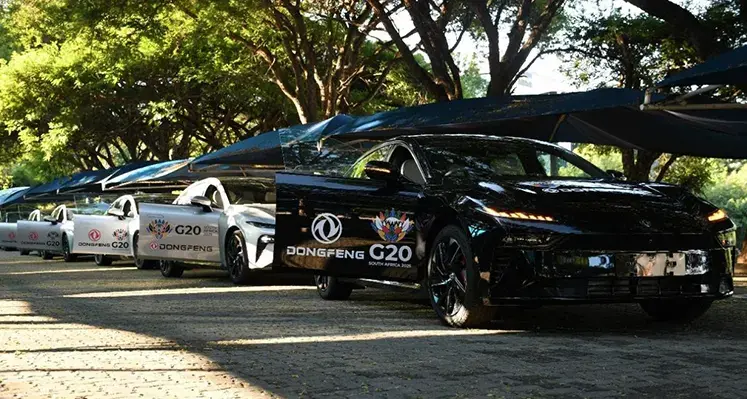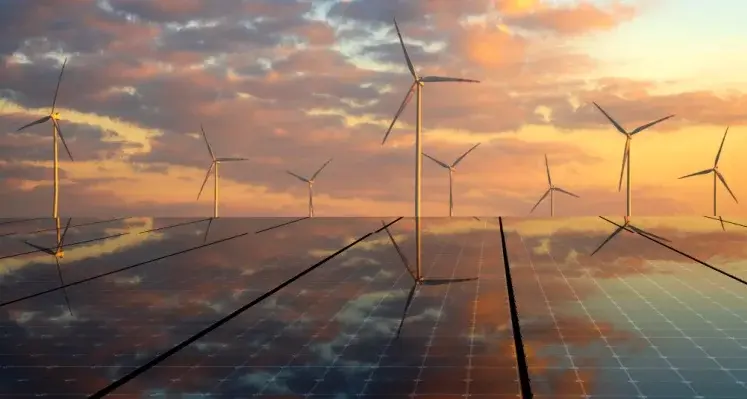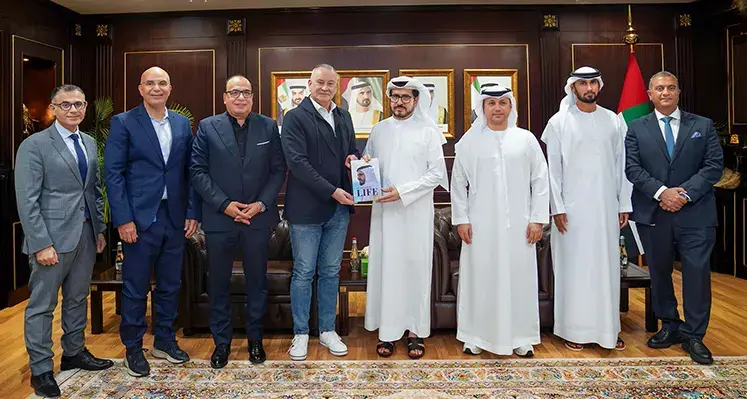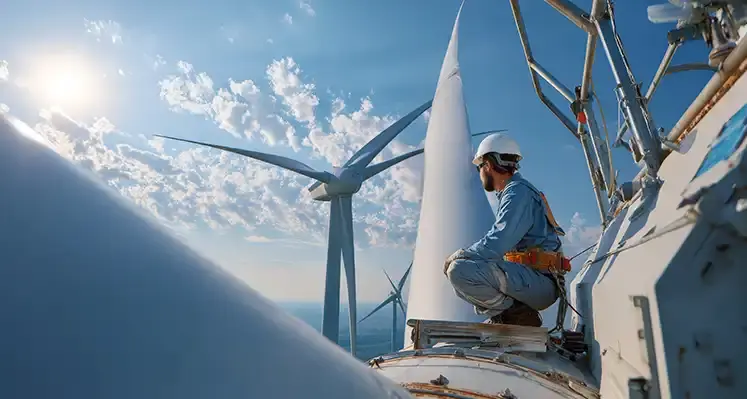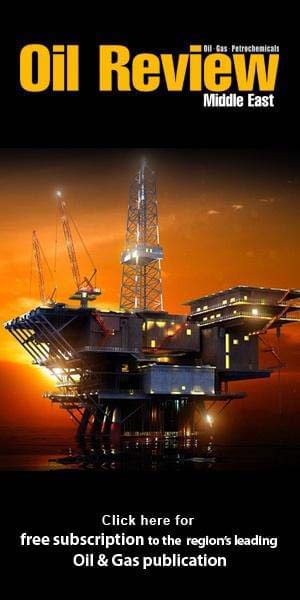China’s Dongfeng Motor showcased its vehicle range at the recent G20 Summit in Johannesburg, South Africa, as the event’s designated transport partner
“This collaboration epitomises and highlights Dongfeng’s deep cultivation of the African market in recent years through localised production, technological exchanges, and other initiatives,” the automaker said in a statement.
Its specialised ‘green’ fleet at the event included multiple new models, such as the Dongfeng BOX and Dongfeng 007, to provide safe and reliable transportation services for national delegations and staff during the summit.
The company has assembly operations in Morocco, where it produces light-duty trucks, and is exploring similar opportunities in Egypt and Algeria.
It also exports significant numbers of cars and commercial vehicles to South Africa, Nigeria and other markets.
The G20 collaboration stemmed from Dongfeng’s partnership with South Africa's Department of International Relations and Cooperation to provide a high-quality green mobility solutions for the showcase event.
“The fleet's zero-failure stable operation during the event visually showcased Dongfeng Motor's latest achievements in electrification technology, intelligent manufacturing, and high-end quality control to the world,” the statement added.
“Through its successful debut on the international stage, Dongfeng Motor has demonstrated with concrete actions that its new energy vehicles are fully capable of meeting the high-end and rigorous transportation demands globally, both in terms of capability and reliability.”
The company also said that it was a vote of confidence in its Africa ambitions.
“The success of serving as an official partner for the G20 Summit has significantly enhanced Dongfeng's brand reputation and influence in South Africa and across the broader African region, laying a solid foundation of trust for future market expansion.”
Dongfeng Motor added that it hopes to use the momentum from the summit, held at the end of November, to continue to improve its products and services offering to the market.
“The company will continue to uphold an open and cooperative global approach,” the Chinese state-owned automobile manufacturer added.




